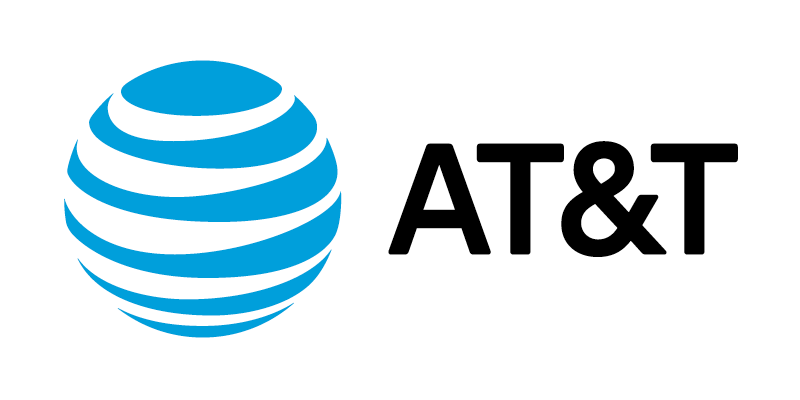 Timed with the Consumer Electronics Show, AT&T updated their 2017 plans for 5G development, which will use fixed and mobile trials to evaluate and provide feedback about the proposed 5G standards.
Timed with the Consumer Electronics Show, AT&T updated their 2017 plans for 5G development, which will use fixed and mobile trials to evaluate and provide feedback about the proposed 5G standards.
In a press release, John Donovan, AT&T's chief strategy officer and president for technology and operations, said, “We’re not waiting until the final standards are set to lay the foundation for our evolution to 5G. We’re executing now. Data on our mobile network has increased about 250,000 percent since 2007, and the majority of that traffic is video. 5G’s promise of greater speed and overall network performance brings huge opportunities not only for video but in the Internet of Things, 4K video, augmented and virtual reality, smart home and cities, autonomous vehicles and much more.”
AT&T said their lab trials have already demonstrated more than 14 Gbps speeds and under 3 ms latency. (Editor’s note: probably not at the same time.) The company is collaborating with more than a dozen global technology firms.
AT&T recently announced plans to work with Qualcomm Technologies and Ericsson for mobile and fixed wireless trials during the second half of 2017. These tests are significant because they will be the first to use the 3GPP's 5G new radio (NR) specification. The three companies will test mobile and fixed wireless operation at 28 and 39 GHz.
Working with Ericsson and Intel, last fall AT&T launched what the company says was the first 5G business customer trial using the millimeter wave spectrum. The trial in Austin, Texas, evaluated several video streaming and conferencing use cases, achieving up/download speeds around 1 Gbps. During the first half of 2017, AT&T plans another trial, streaming DIRECTV NOW video over a fixed wireless, millimeter wave 5G connection to residential customers in Austin. The trial will include multiple sites and devices.
The emphasis on 5G development does not mean their LTE network is stagnant. AT&T plans to continue deploying LTE-Advanced. Some LTE cell sites will reach “peak theoretical speeds” of up to 1 Gbps during 2017. Three-way carrier aggregation (CA) is being deployed in some areas, and AT&T plans to add four-way CA and LTE license assisted access (LAA), which will tap into the Wi-Fi spectrum at 5 GHz. In high demand areas, the network will be “densified” by adding small cells.
